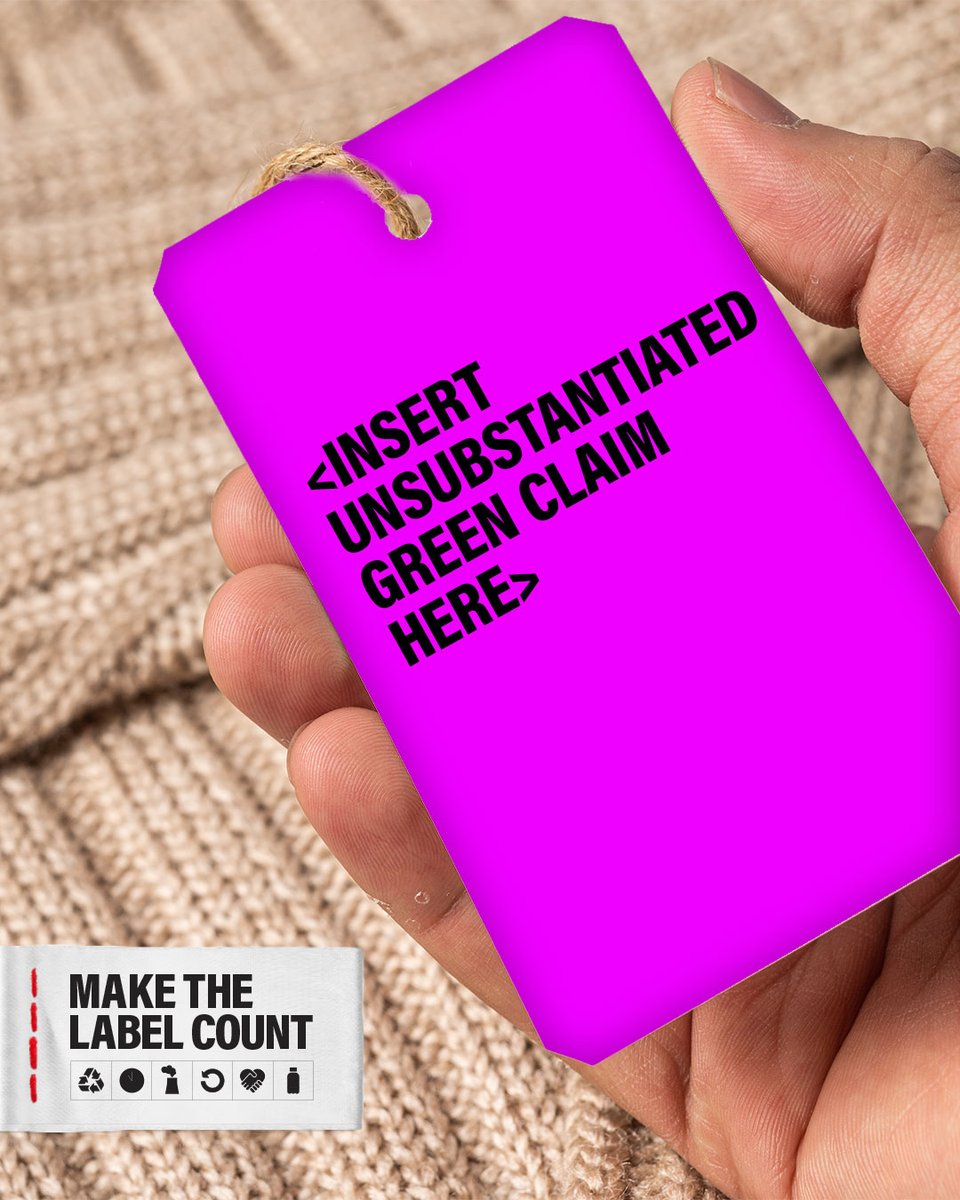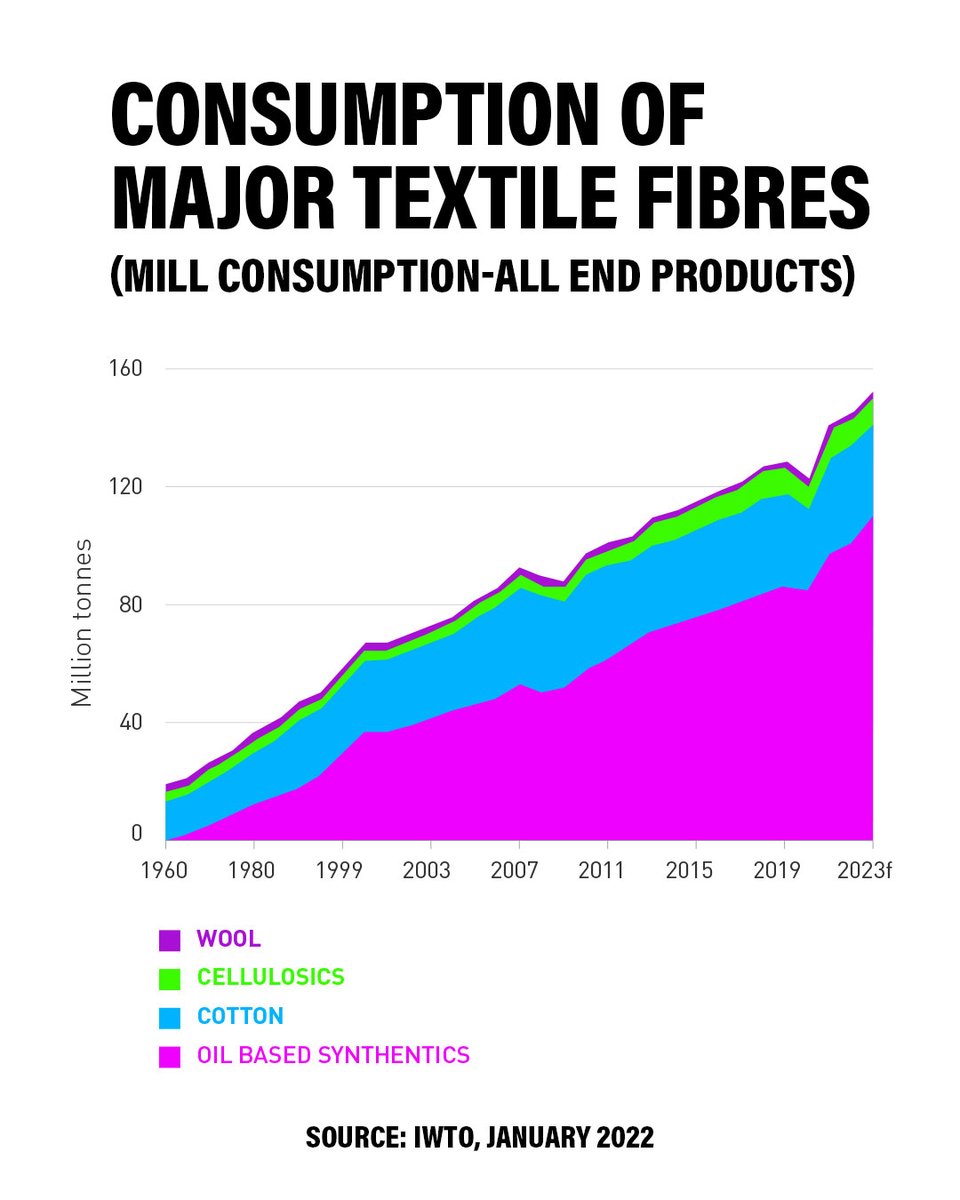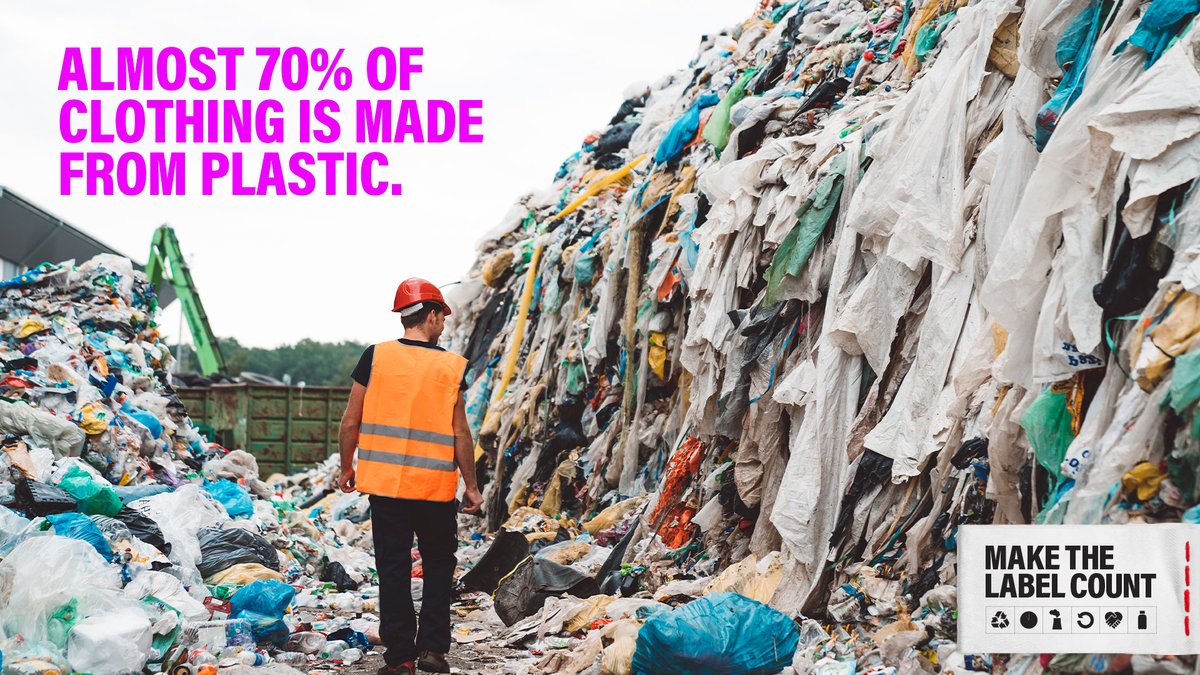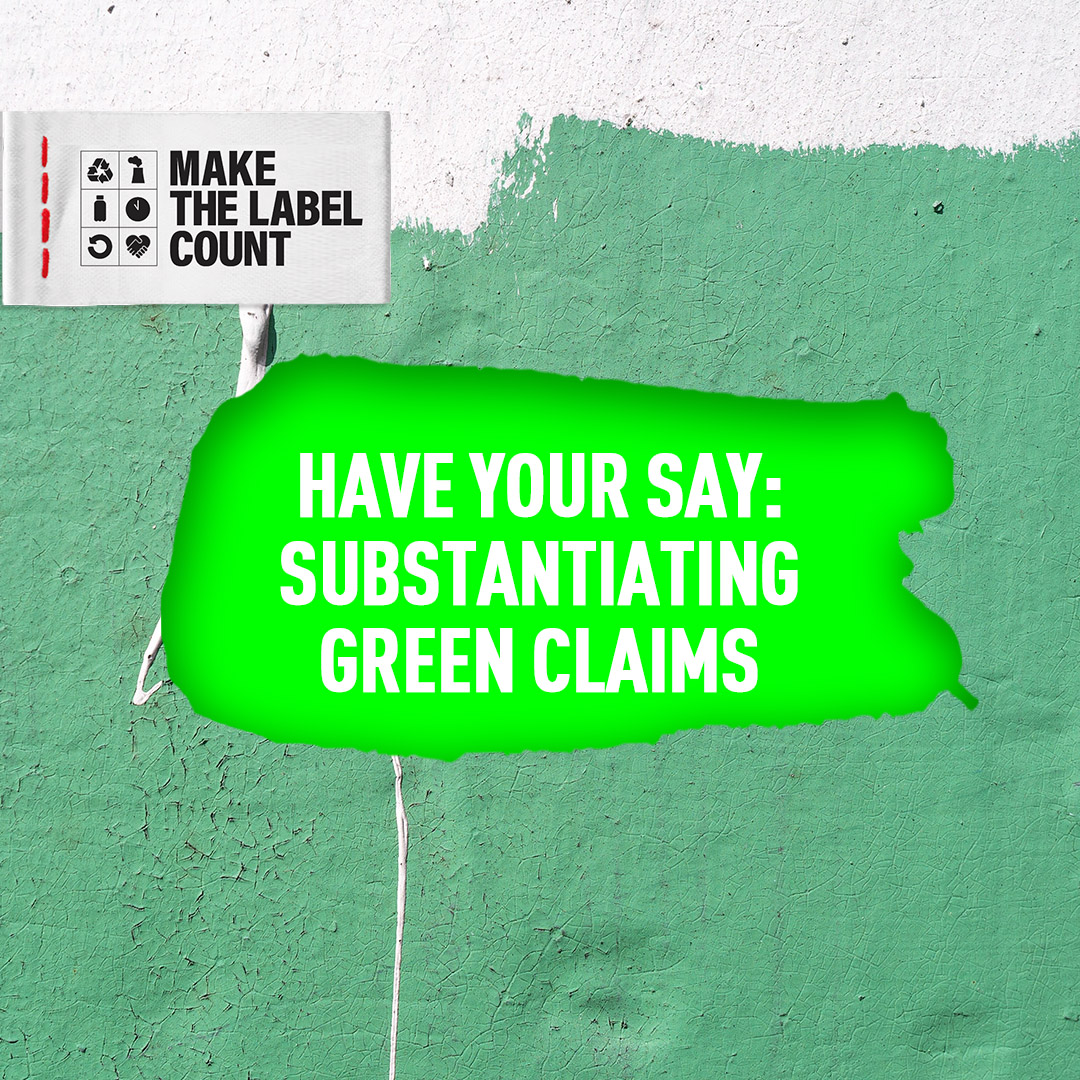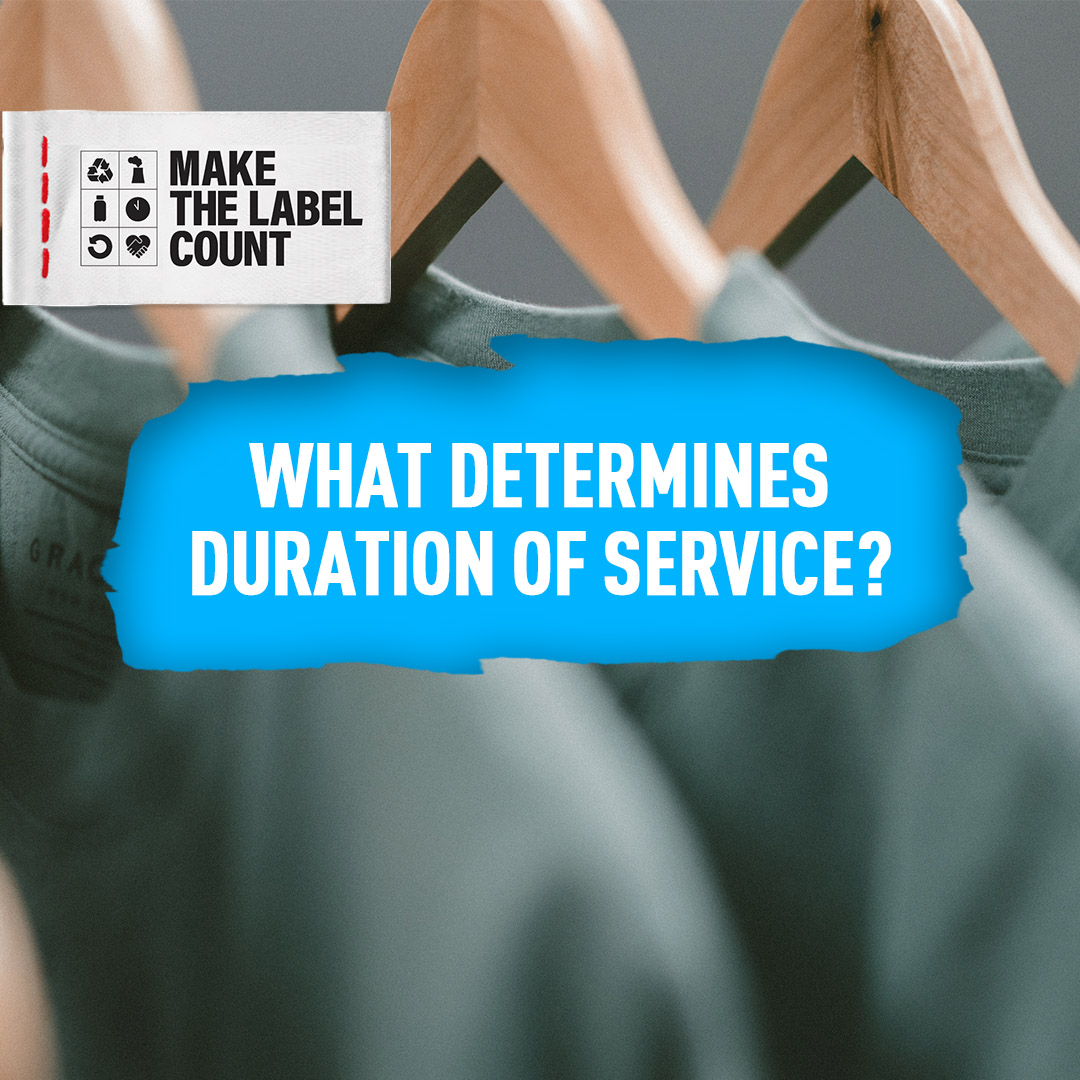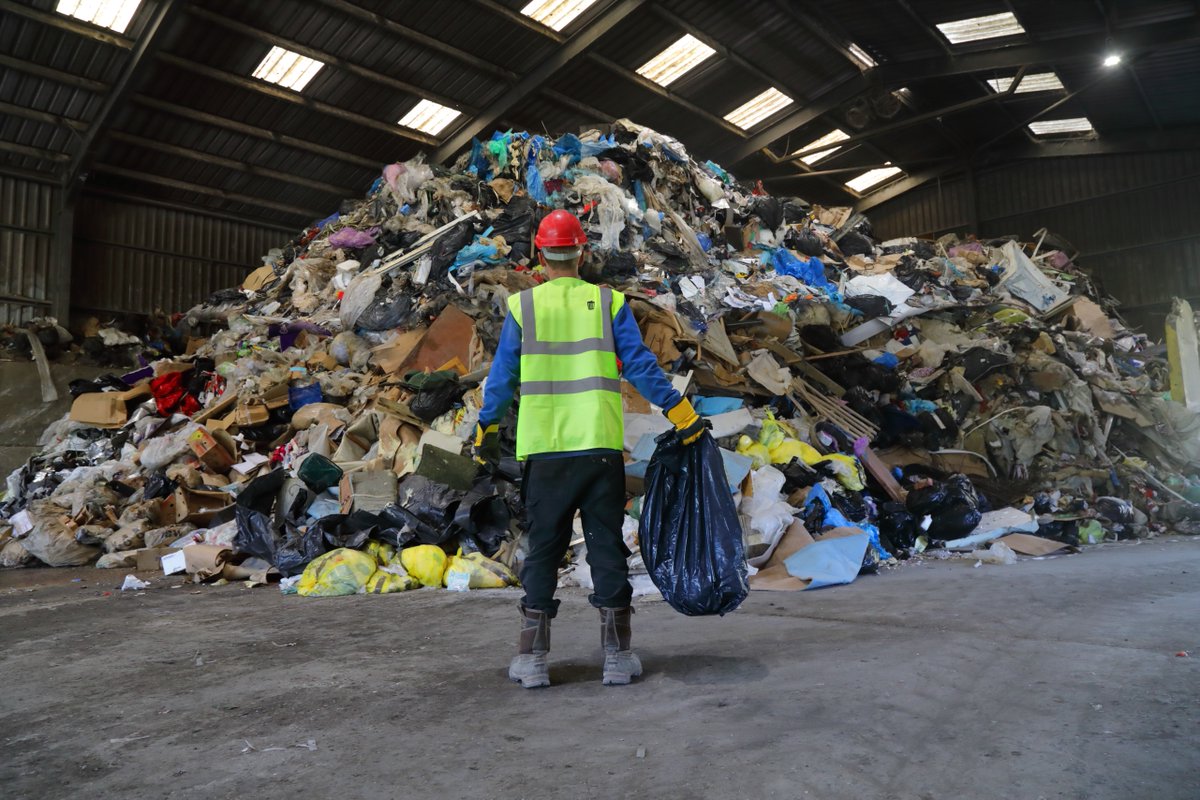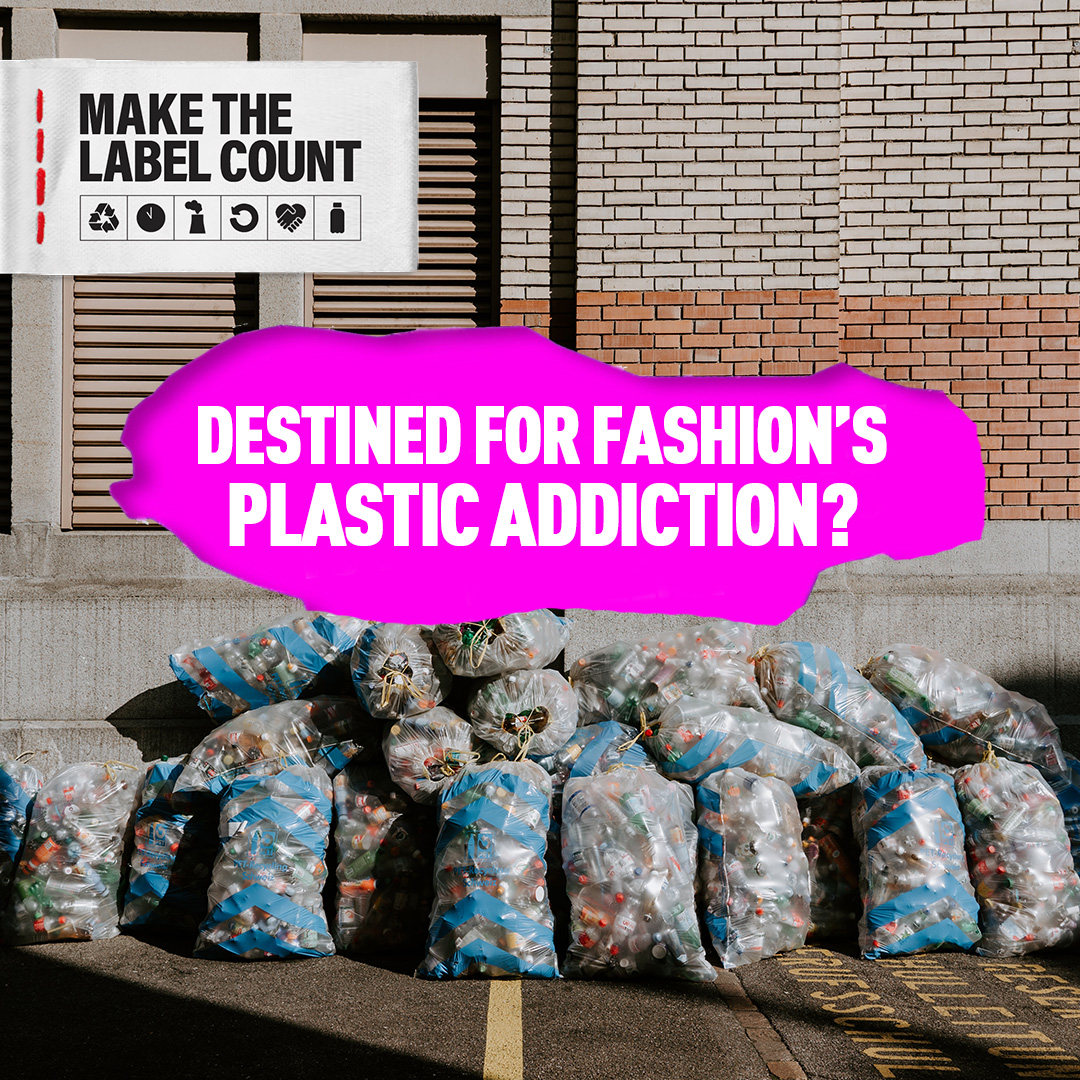
Make The Label Count
@makelabelcount
We are an international coalition of organisations who share an ambition to ensure the EU’s clothing sustainability claims are credible.
ID: 1425091609360801795
https://www.makethelabelcount.org/ 10-08-2021 13:48:47
213 Tweet
620 Followers
205 Following

The European Commission treads a fine line between making a real difference and creating extra problems as it prepares to announce key proposals for legislation to tackle greenwashing. bit.ly/3FHQ48X

We welcome the European Commission proposal to substantiate environmental claims & are pleased to see PEF’s shortcomings recognised. We will review the recommended criteria & work with lawmakers to ensure the law is aligned with the EU’s goals. #MakeTheLabelCount







According to McKinsey & Company some garments are thrown out after just 7 or 8 wears. These cheap, synthetic clothes are treated as disposable by consumers, fuelling the growth of fast fashion. Let's take the European Commission lead and make #FastFashion out of fashion.


"The era of vague claims and shaky data is over. It's time to clean house." Our campaign spokesperson Dalena Faye White responds to the EU's Green Claims Directive, warning using the PEF in its current form could risk licensing #greenwashing." #sustainability. bit.ly/3nhJMa9

We are pleased the European Commission recognises PEF limitations in Green Claims Directive, supporting its enhancement. We urge the EC to ensure any future framework only delivers meaningful information to EU consumers, preventing greenwashing & promoting responsible behaviour.



Inhaling microplastics can have harmful health impacts, as highlighted in a report by Center for International Environmental Law. Too much is known about the scale of microplastic pollution to prevent this information from influencing consumer purchasing choices. Learn more: bit.ly/41LWZHs


A new report by Changing Markets Foundation estimates that >300M items of unsellable synthetic clothing land in Kenya each year, contributing to plastic waste dumped, landfill, or burned. The EU's PEF methodology must account for solid plastic waste. Read the report: bit.ly/44axTmU


Greenwash Danger Zone by Greenpeace International finds just 3% of clothing is made from recycled materials, mostly from plastic bottles. Despite claims of circularity, the reality is different. A circularity indicator is critical and must be included. Read more: bit.ly/41ZPmMI






